Microsoft applies for a new patent for a dubbing tool
YouTube will soon have a competitor for its Aloud tool
2 min. read
Updated on
Read our disclosure page to find out how can you help Windows Report sustain the editorial team. Read more
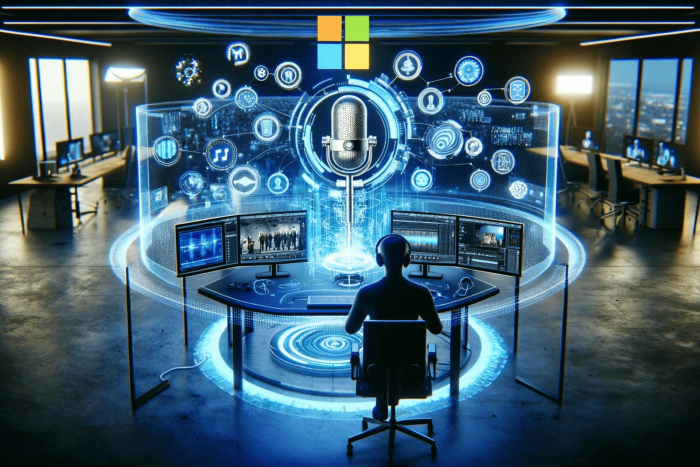
A recently filed patent suggests that Microsoft is now dipping its toe in the realm of dubbing tools to revolutionize how users dub voices.
Contrary to YouTube’s Aloud dubbing tool, Microsoft’s patent proposes a different approach, allowing users to dub media content using their voices in their native language.
The patent application filed outlines a system where voices from the original media content are extracted, and a model of the user’s voice is generated.
So, when you select a piece of media to play, the system will employ this model to create new voices that resemble your voice, replacing the original voice in the media.
As Microsoft’s approach centers on customization and language versatility, it differs from those in the market.
It will allow you to customize the voices in different tones and translate them into various languages, including French, Chinese, Japanese, and more.
Furthermore, the process can remove background noise and uses several audio channels in a surround sound system to separate speech from surrounding noises.
Microsoft states, “
In order to provide various versions of audio for specific media content, dubbing actors are hired to read different versions of scripts. This traditional dubbing process is very costly and time-consuming.
Thus can only be used for some media content having a high budget, and is not possible to provide dubbing for most of the media content which are rapidly updated nowadays.
The patent for Microsoft’s new dubbing tool signals a transformative leap toward user-driven and personalized content experiences.
What do you think about it? Share your thoughts in the comments section below.
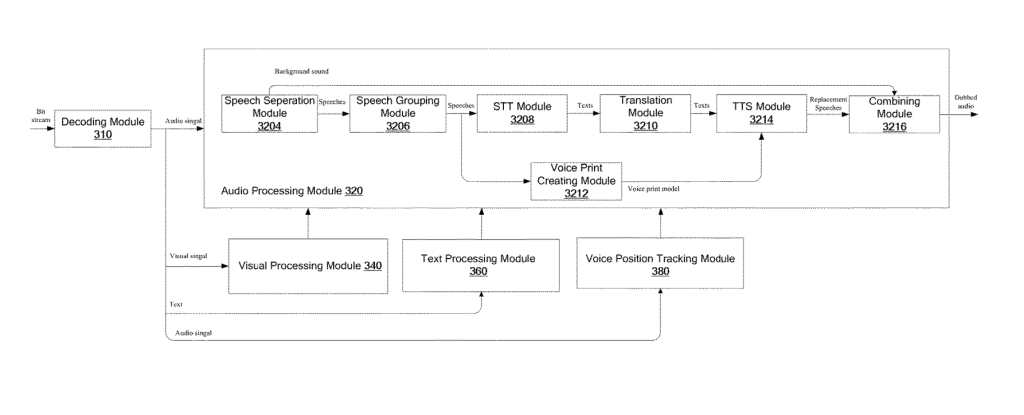
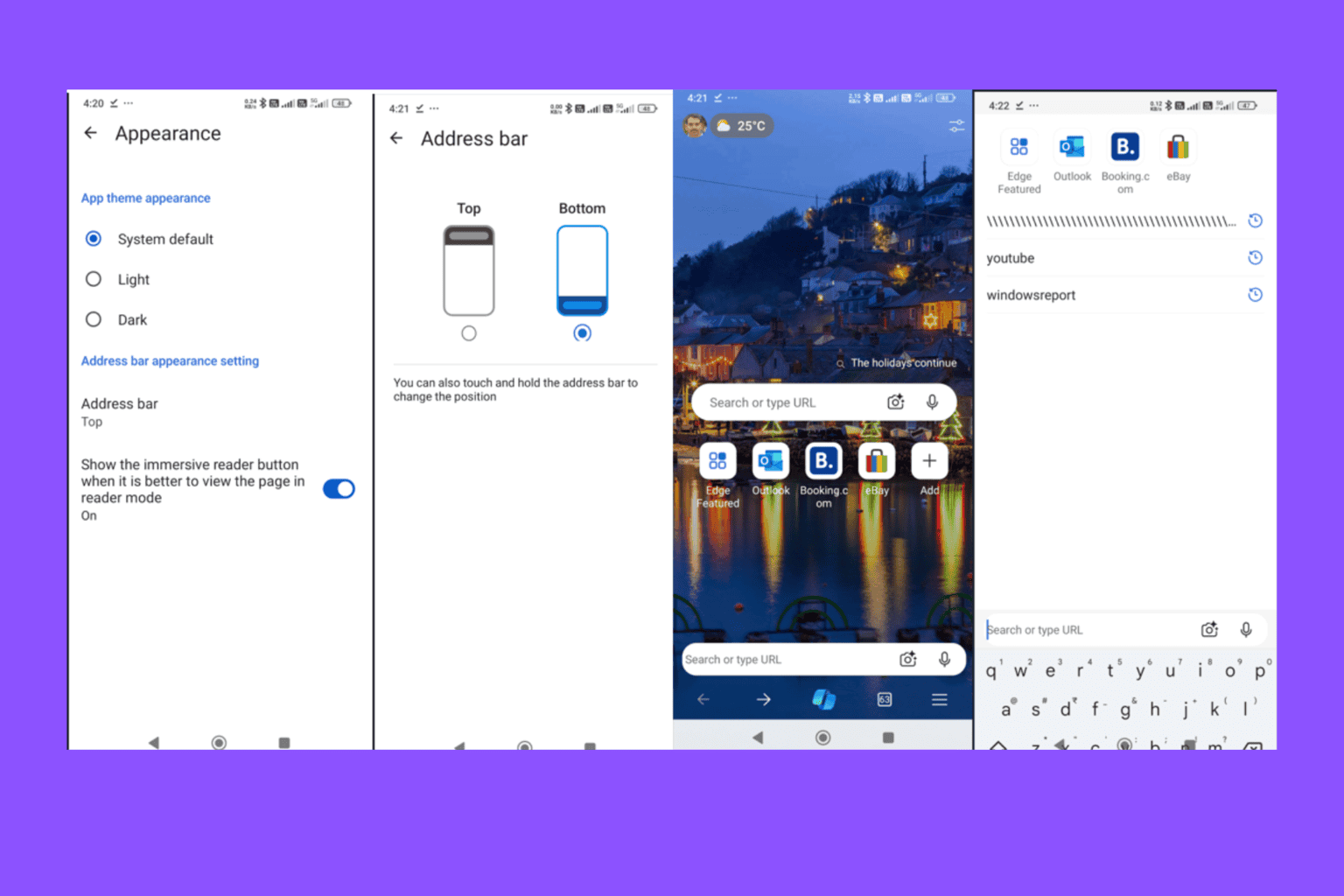
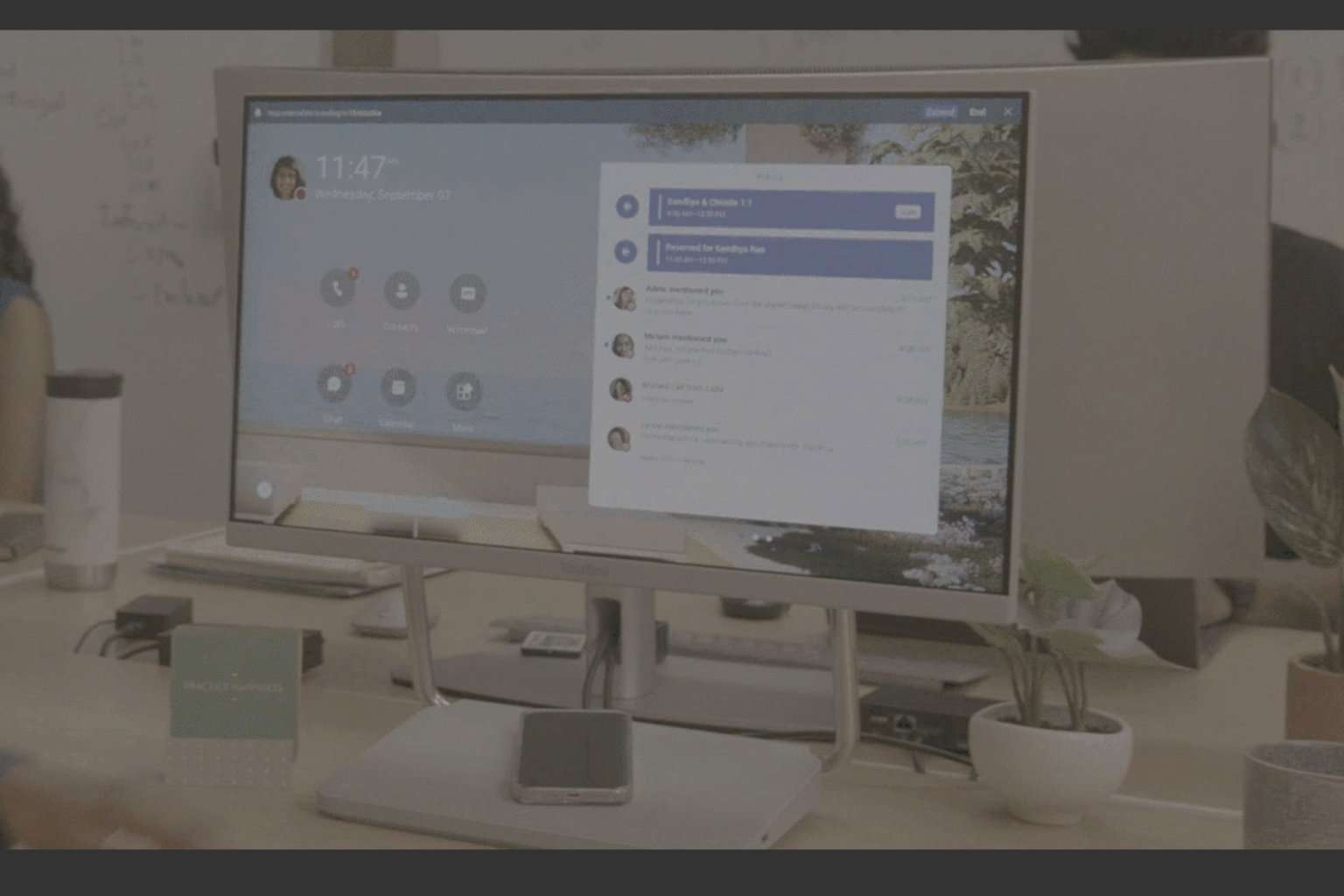
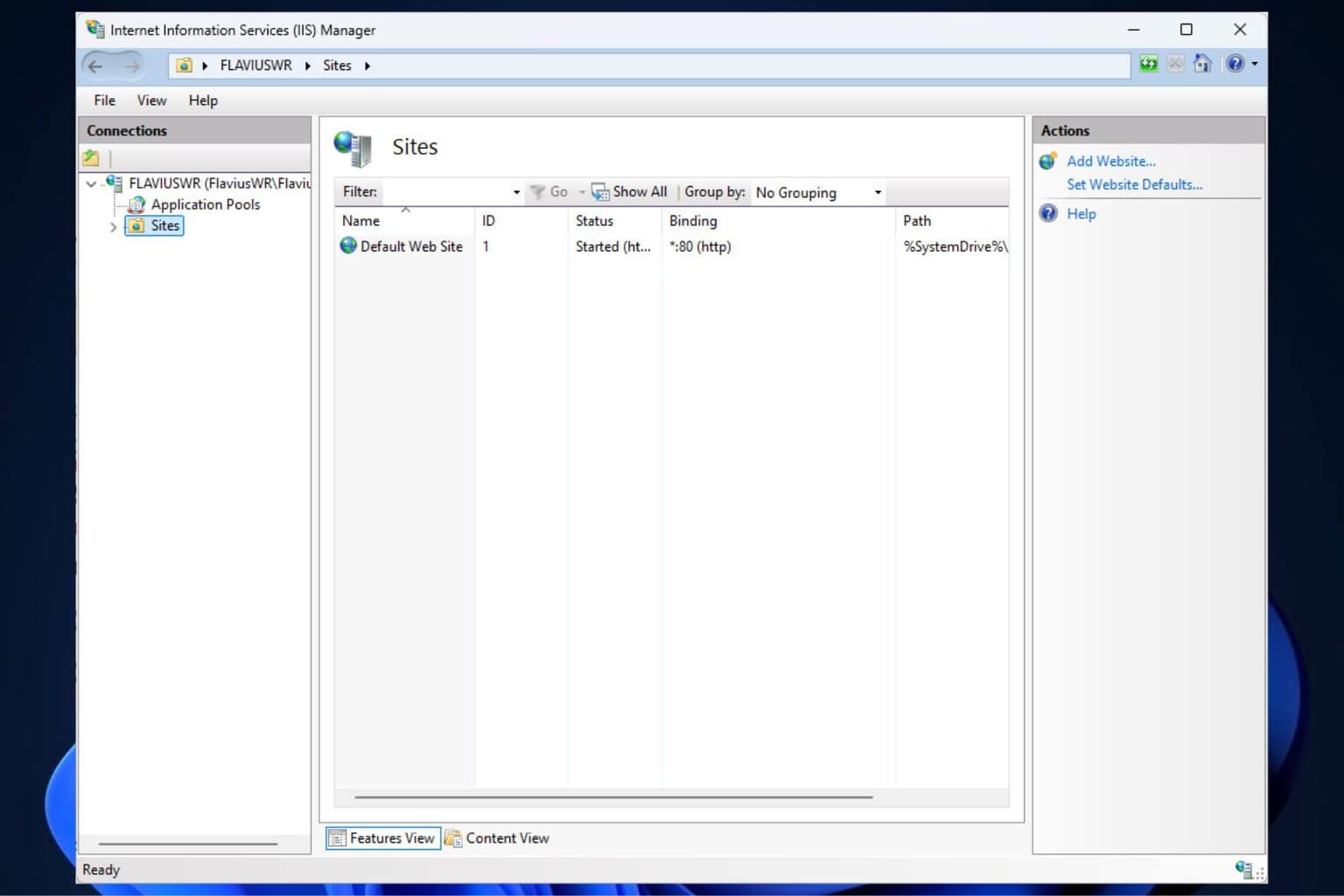

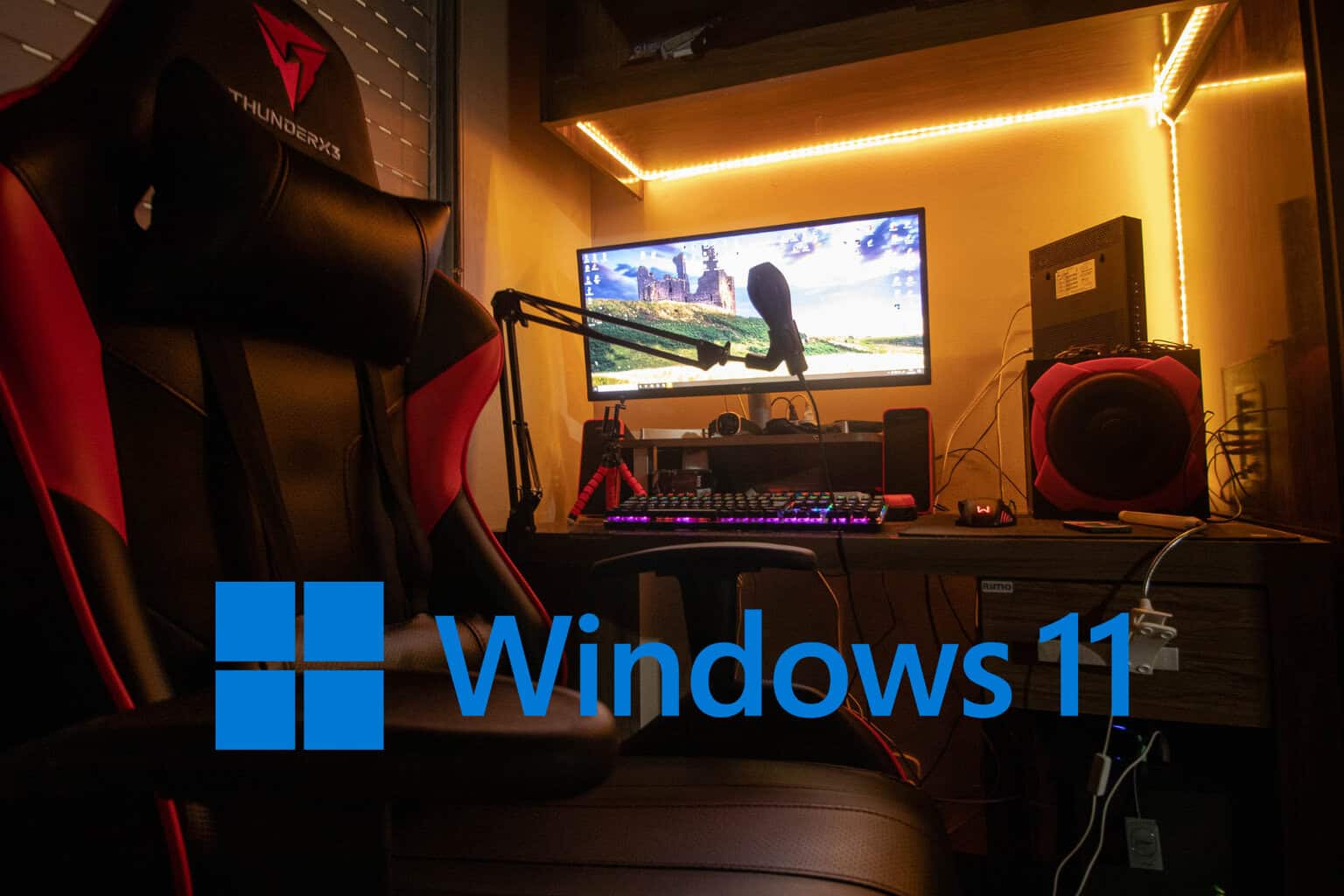
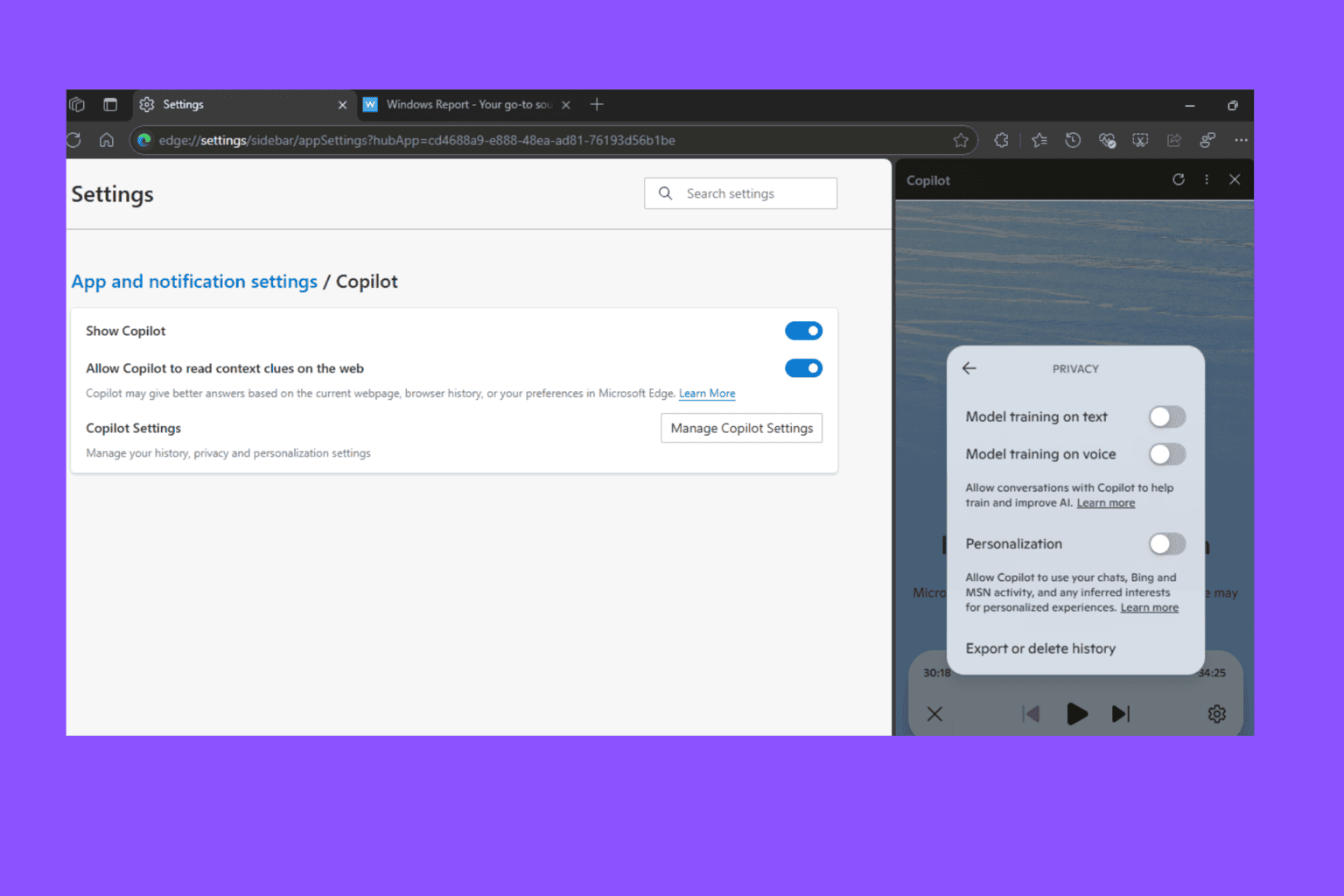

User forum
0 messages